Every time you take a trip—particularly if you go solo or join a group of folks who are strangers at the start—you’re following in the footsteps of adventurous females who paved the way. So in honor of Women’s History Month, we thought we’d highlight a sampling of impressively bold sojourners to inspire your own penchant for travel. Talk about women of the world! These brave women explorers are incredibly daring and inspiring.
Ready to go exploring? Join NextTribe on one of our small, transformational tours for women ages 45+. See where we’re going here.
Aviator Amelia Earhart
The famed aviator’s earliest midair adventure was in a wooden box, which she “flew” off the roof of the tool shed of her family’s Kansas home. Earhart began gaining veritable aviation experience as a young adult, and became the first female pilot to solo nonstop across the Atlantic in 1932. Five years later, she was on her way to setting another record as the first woman to circumnavigate the globe when she and her navigator, Fred Noonan, disappeared over the central Pacific, never to be found. She was just shy of her 40th birthday. Though officially declared dead a year and a half later, Earhart continues to soar as a cult icon and remains one of the most renowned pilots in history. (Bonus: One of NextTribe’s friends–the author Laurie Gwen Shapiro–is coming out with a highly anticipated book, The Aviator and the Showman, about Earhart’s love affair with a prominent businessman.
Photojournalists Carol Beckwith and Angela Fisher
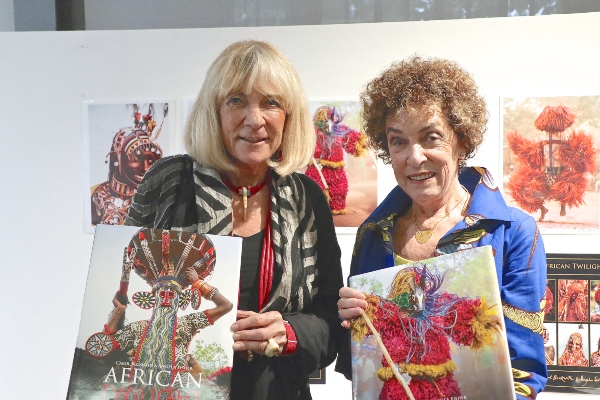
The auspicious meeting between Carol Beckwith and Angela Fisher occurred in 1974, during a hot-air balloon trip over Kenya. Thus began an ongoing partnership that had them exploring more than 200 African cultures to document the lives, rituals, and traditions of tribespeople who granted them unprecedented access.
These two brave souls met during a hot-air balloon trip over Kenya.
Together they produced 17 books (including African Ceremonies, winner of the United Nations Award for Excellence, citing “vision and understanding of the role of cultural traditions in the pursuit of world peace”) as well as four films. Gotta love ‘em for that—and the 50-plus-year friendship that’s nearly as inspiring as their work.
Sailor Krystyna Chojnowska-Liskiewicz
Next on our list of women explorers is the first female to sail solo around the world. Polish seafaring phenom Krystyna Chojnowska-Liskiewicz completed her 401-day feat in 1978, at the age of 41. Although an experienced sailor, this journey marked her initial ocean voyage—on a boat less than 10 meters long.
Her homecoming was a double-edged sword, however. The Solidarity Movement was then in its infancy, so while officially she was praised, in the media and with parades, many viewed her achievement as a communist publicity stunt. She was shunned at the Gdańsk shipyard where she’d worked as an engineer, and even her best friend dumped her. Now the subject of The Lonely Ocean, a Polish book by Paulina Reiter, Chojnowska-Liskiewicz may posthumously receive true heroine status.
Mountaineer Sophia Danenberg
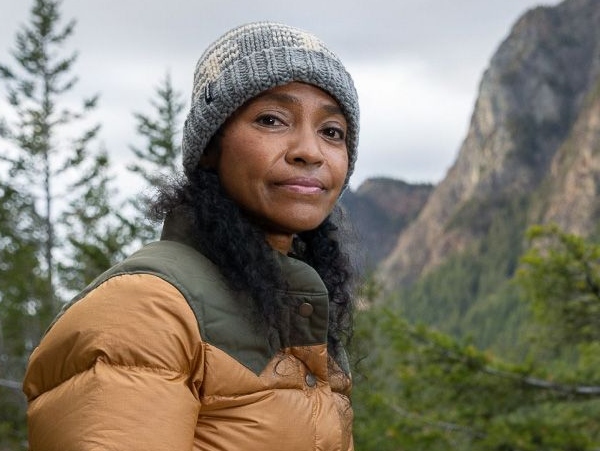
Diana Ross and the Supremes sang that there “Ain’t no mountain high enough…” and Sophia Danenberg proved it, as the first Black woman to climb Mount Everest, the world’s highest peak. Danenberg, who grew up between the USA and Japan, started rock climbing in her mid-twenties, then literally set her sights higher, summiting Mount Rainier in 2002. Four years later, she was scaling Everest—without a guide and carrying her own gear.
Meet Sophia Danenberg, the first Black woman to scale Mount Everest, the world’s highest peak.
Yet mountaineering is simply a pastime for Danenberg, who studied environmental science and public policy at Harvard, and was a Fulbright Fellow at Keio University in Tokyo. Her current day job? Leading international environmental policy analysis at Boeing; she also holds a commissioner’s post at the Washington State Parks and Recreation Commission.
Read more: What It Takes to Hike the Inca Trail to Machu Picchu
Anthropologist Matilda Coxe Stevenson

There may not have been a whole lot of cool science jobs for women in the mid-nineteenth century, but Matilda Coxe Stevenson held her share. The first American woman to be employed as an anthropologist, she researched the indigenous people of the southwestern U.S., most notably the Zuñi. She was also an ethnologist, geologist, photographer, explorer, writer, and activist. In 1885, Stevenson helped found the Women’s Anthropological Society of America and served as its president.
Though she earned a position at the Smithsonian Institution’s Bureau of American Ethnology, she often found herself butting heads with her boss, John Wesley Powell, while working on her 1904 book The Zuñi Indians: Their Mythology, Esoteric Fraternities, and Ceremonies. Still, she continued at the Smithsonian for some 26 years, retiring just before her death at age 66.
Botanical Researcher Nicole Maxwell
Wrapping up our list of women explorers is a society gal with serious wanderlust. As a wealthy debutante in the 1920s, Nicole Maxwell partied in Paris, performing ballet and posing nude for artists. But she found her true calling on a trip to the Amazon basin after World War II: Having suffered a deep machete gash on her arm, she was urged by her guide to drink the sap from a particular tree. This stopped the heavy bleeding in minutes, and Maxwell recovered quickly, with no infection or scarring. From then on, she dedicated herself to exploring the healing power of plants.
This wealthy debutante pioneered the healing power of plants while trekking through the Amazon basin.
After obtaining a grant from an American pharmaceutical firm, she traveled alone in the Amazon rainforest, collecting plants and learning of their potency from indigenous people. Ten months later, back in the States, the drug company showed no interest in the numerous samples she’d catalogued. The determined Maxwell wrote her autobiography, The Witch Doctor’s Apprentice, and kept on with her botanical investigations, but her dream of bringing plant-based cures to the Western world, and in so doing halt the destruction of the rainforest, was never realized.

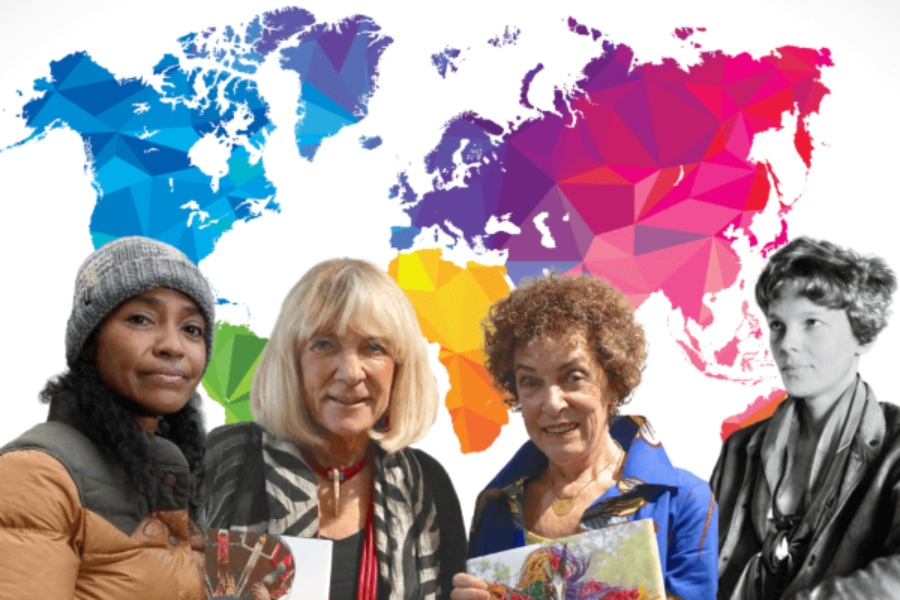

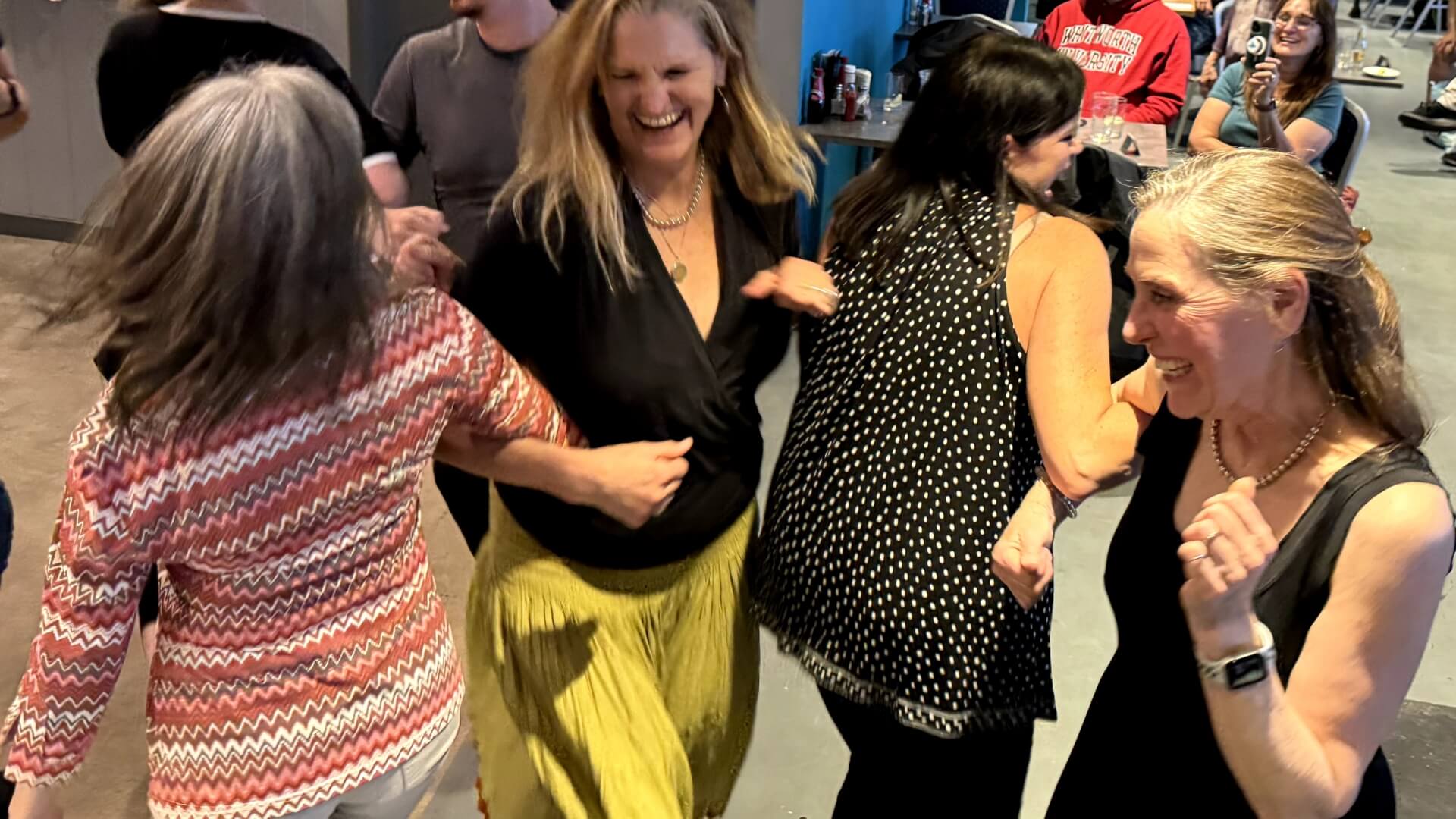
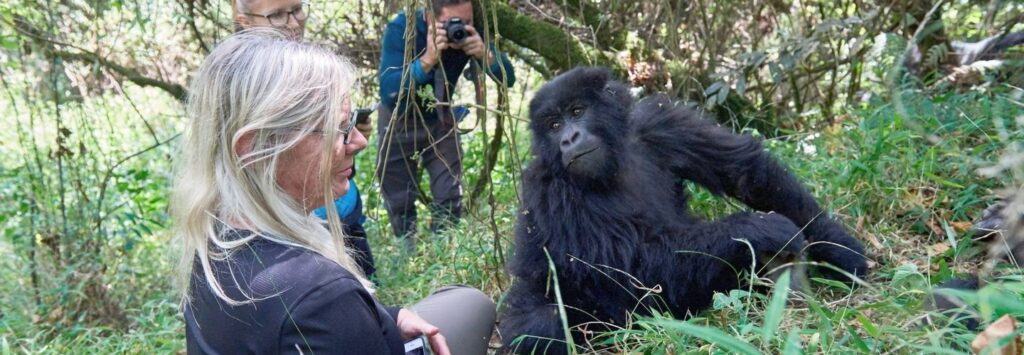
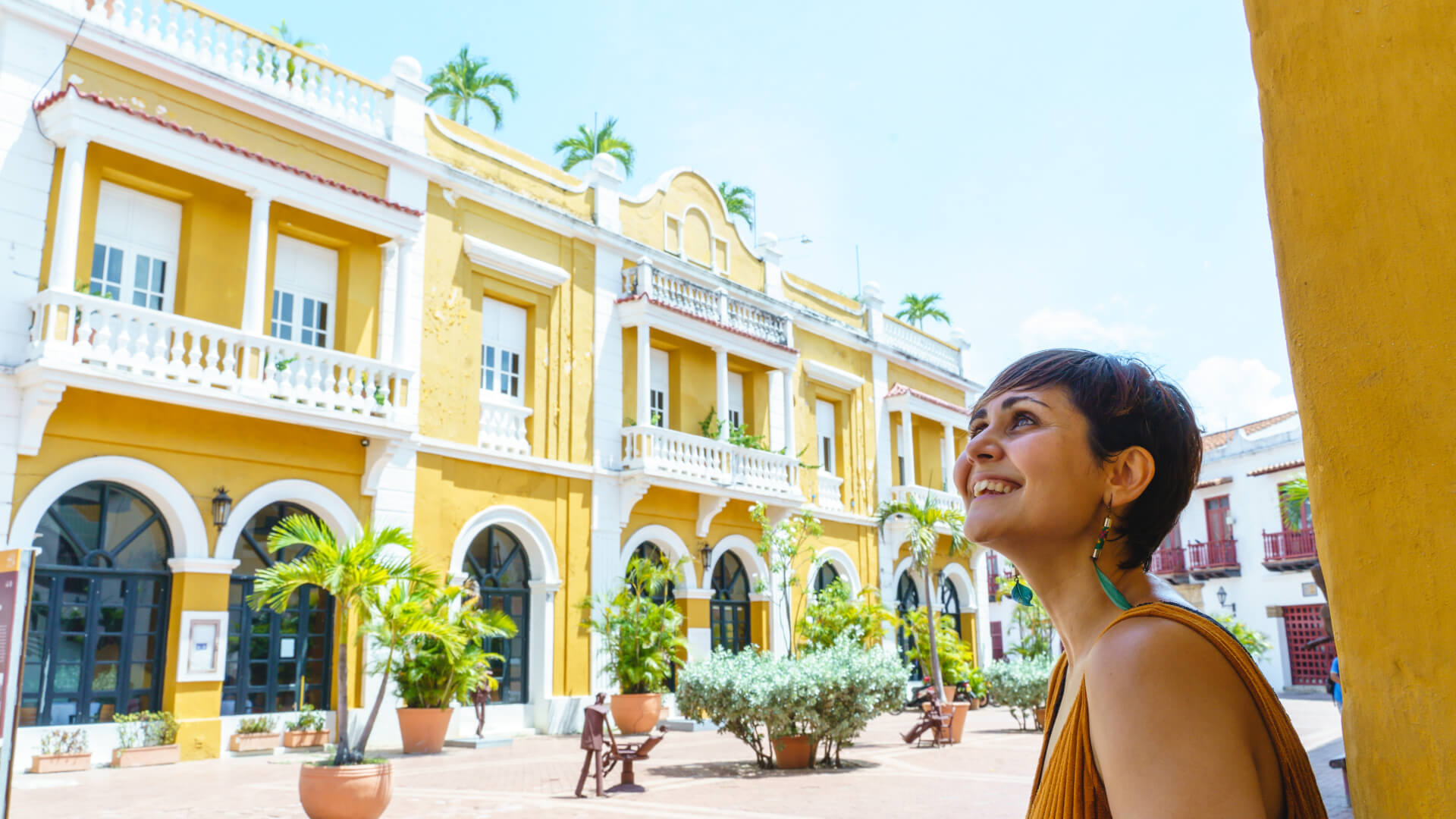
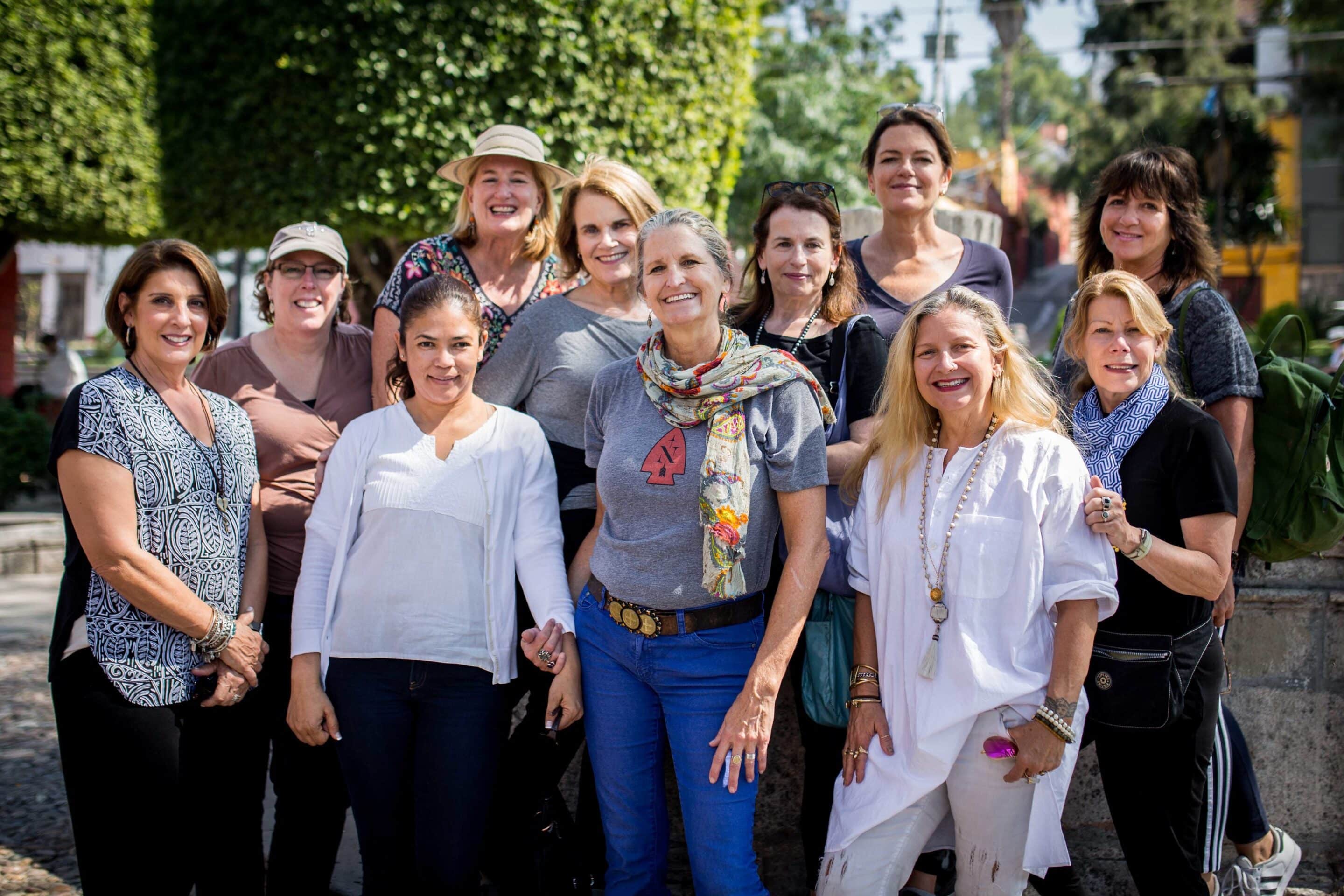



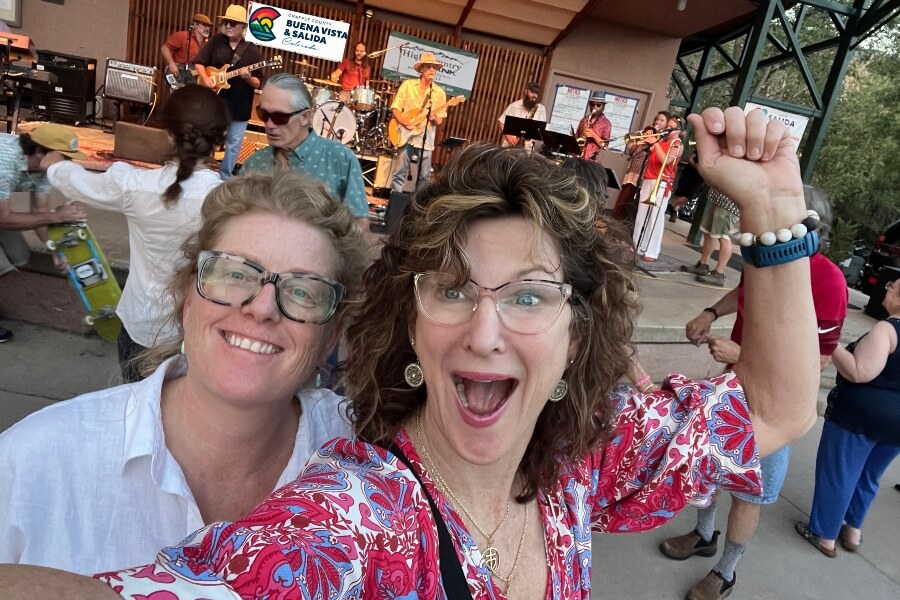


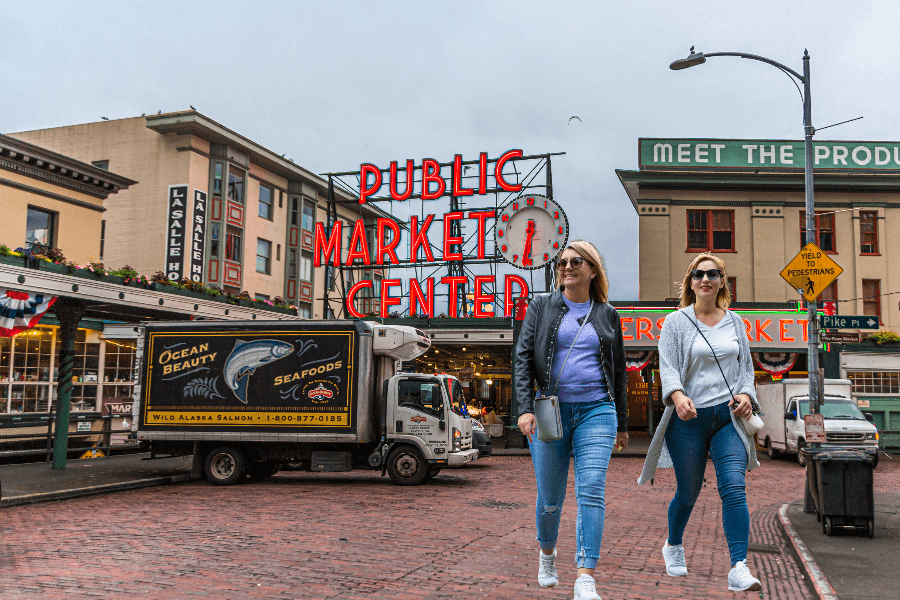



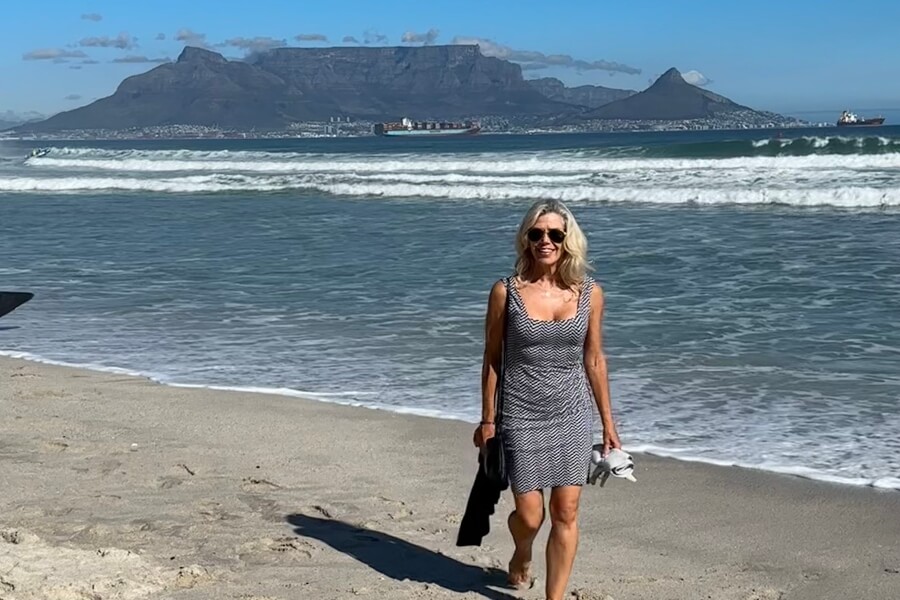

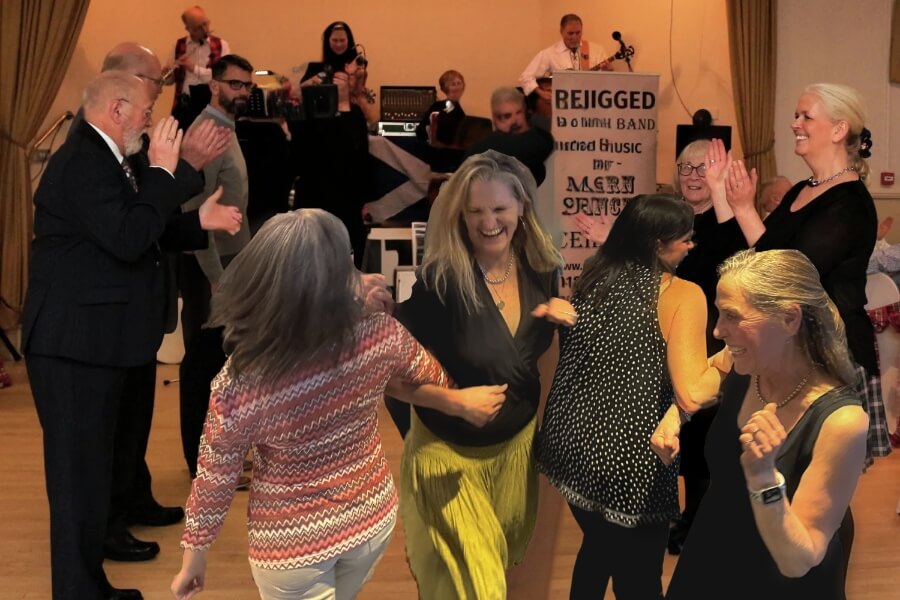

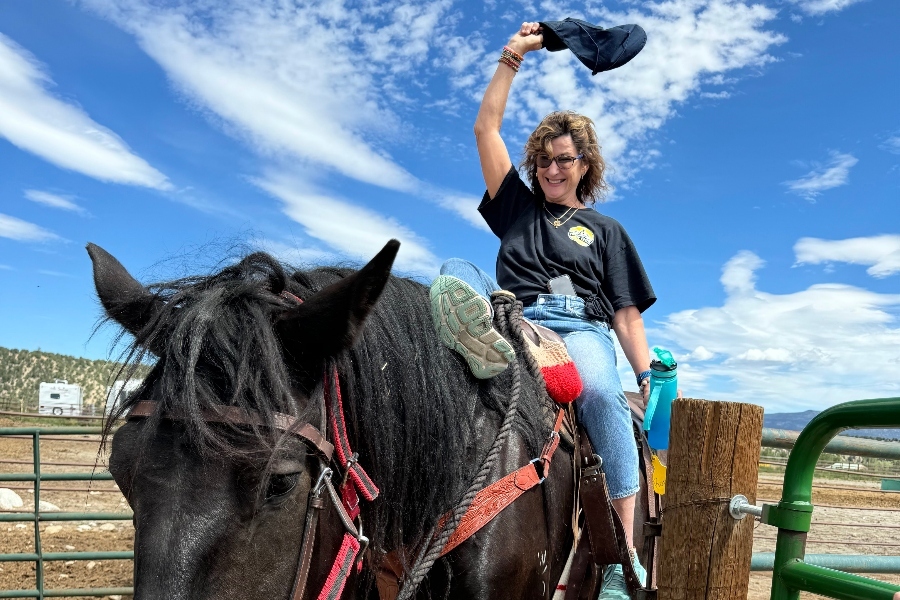


0 Comments